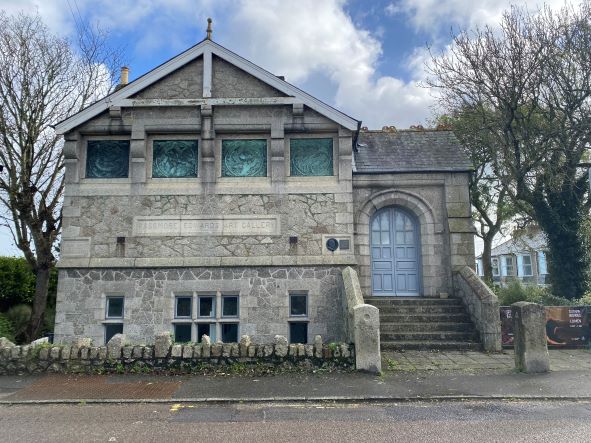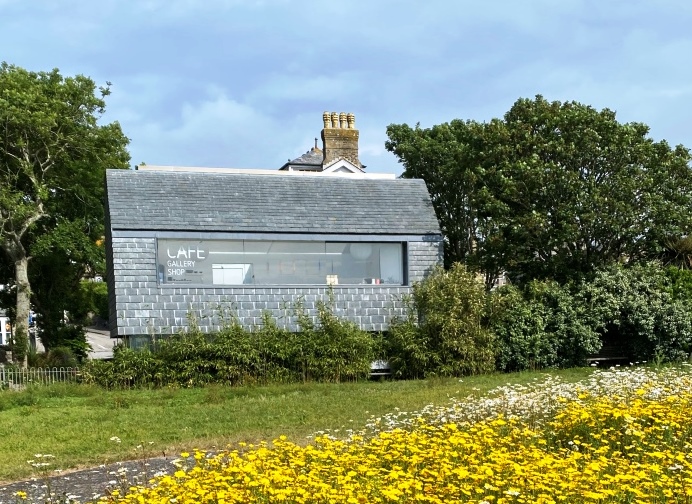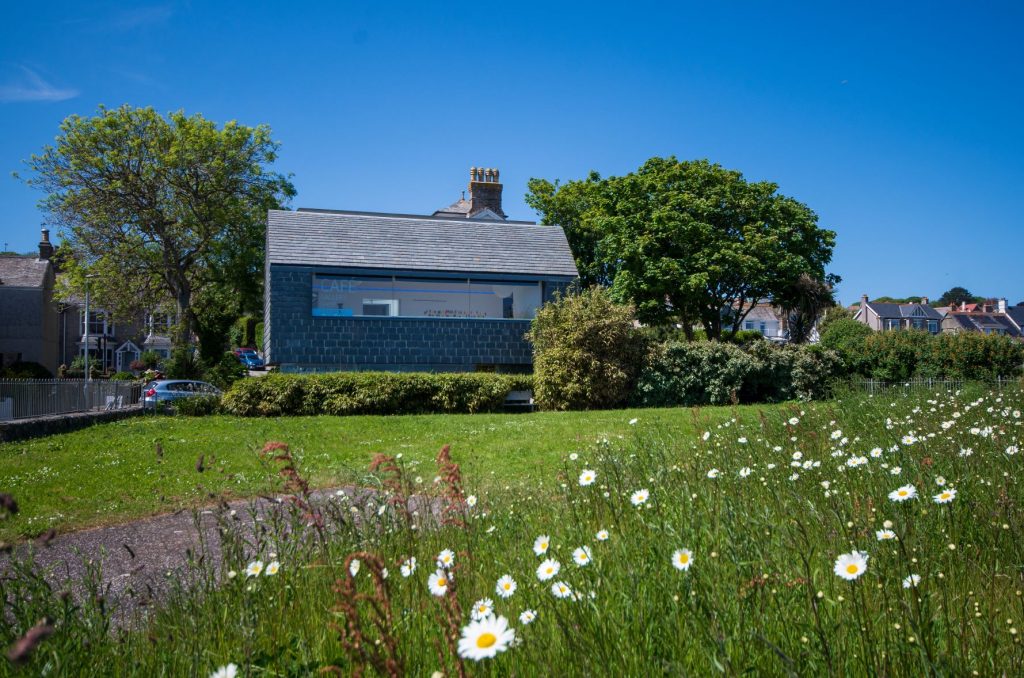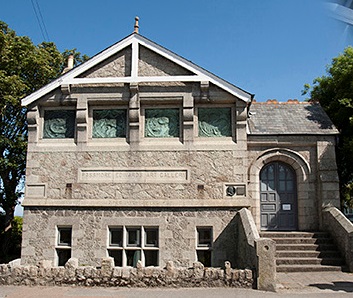JOHN PASSMMORE EDWARDS
TO CELEBRATE THE 200TH ANNIVERSARY OF THE BIRTH OF JOHN PASSMORE EDWARDS, WE TAKE A LOOK AT HIS LIFE AND WORK.
Born: 24 Mar 1823, Blackwater
Died: 22 Apr 1911, London
John Passmore Edwards, chartist and philanthropist, was a life-long champion of the working classes and remembered as a generous benefactor. Over the space of 14 years, 70 major buildings were established in London, Cornwall and elsewhere, particularly for the benefit of local communities as a direct result of his bequests. These included hospitals, libraries, schools, convalescence homes, drinking fountains, and three art galleries, which continue to the present day: Whitechapel Art Gallery, South London Gallery, and Newlyn Art Gallery.
PASSMORE EDWARDS & NEWLYN
From the 1880s, Newlyn attracted a colony of artists, who came to be known as the Newlyn School. By the 1890s they wanted to create a gallery space in the village where the community of Newlyn, who were one of the key subjects of the artists’ work, could view the paintings created here. An approach was made to Passmore Edwards to finance the building of the gallery, on land gifted by the Le Grice family. Newlyn Art Gallery opened its doors in 1895.
NEWLYN ART GALLERY
The gallery at Newlyn has been redeveloped and adapted many times over its 128-year history. Originally the building had one public gallery space on the first floor, which is still our main exhibition space today, whilst the ground floor has changed considerably. Originally this was used as the private residence of the gallery’s Director or Curator, but has since been remodelled to provide a second, and now, third exhibition space, plus other facilities such as a gallery shop. The most significant development was our award-winning extension in 2007, and the addition of a pavilion on its seaward side. This created a new, spacious shop and entrance on the ground floor and a beautiful first-floor room, offering spectacular views across Mount’s Bay, which is now used to deliver community and arts activities. In the garden, to the side of the building is our Garden Cafe.
FUNDING THE LADDER
Passmore Edwards believed that by funding the ladder through bequests and philanthropy the poor might be encouraged to climb. Passmore Edward’s legacy is central to the gallery’s work today and enshrined in our values. We are most interested in art as a tool for social change. During, and in the aftermath of the pandemic, our focus turned to supporting our immediate communities, often working in partnership with local charities such as WILD, Intercom Trust and Black Voices Cornwall; Social Prescribing Link Workers and, in particular, with schools. However, we also drew heavily on our national networks, working with organisations including Jerwood Arts, Paul Hamlyn Foundation, Arts Council Collection and the National Portrait Gallery, ensuring we had access to resources and expertise to make the most difference to local people’s lives.
DO THE BEST FOR THE MOST
More than any other area, we work intensively in schools in Cornwall and the Isles of Scilly, to support strategic change in the way young people are educated, and specifically to support teachers to provide a rich arts and creative education to all their pupils. We believe that increasingly, individual creativity will become an essential skill employers will be looking for, and that will lead to greater social mobility (in the way it’s understood today). We also understand that being creative is life-enhancing in itself, supporting individuals’ well-being throughout all of our lives. Individual creativity is something to be nurtured and encouraged as an essential part of every young person’s education.
Over recent years we have better understood that to make change locally, its often best achieved by connecting people nationally and internationally. We talk about being hyper-local but internationally connected. We like to think Passmore Edwards would approve of this approach.
Throughout his life, Passmore Edwards sought different routes to achieving his central beliefs around championing local populations and seeking to provide access to opportunities for all.
On his death in 1911, Edwards was remembered for his generosity as a benefactor and the positive impact he had made. As noted in his obituary in The Times: ‘He did more good in his life than almost any other of his contemporaries.’
To find out more about the life and work of John Passmore Edwards see
https://thepassmoreedwardslegacy.org.uk/
https://www.cornwalls.co.uk/history/people/john_passmore_edwards.htm
https://www.londonremembers.com/subjects/john-passmore-edwards
There will be a number of things happening throughout the year to celebrate Passmore Edwards’ life, including a display on the Ramp Wall at The Exchange, and an event in conjuction with Shallal on Fri 16 Jun.





